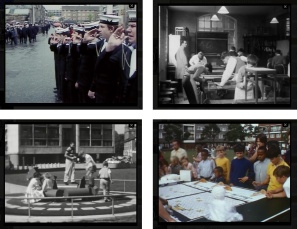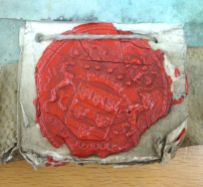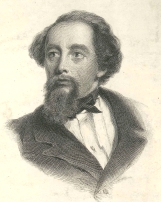 As a journalist in the early 1830s, Dickens would occasionally go out on patrol with the River Police. It was accompanying them that he visited Jacob’s Island and witnessed the poverty and foul stench of Folly Ditch.
As a journalist in the early 1830s, Dickens would occasionally go out on patrol with the River Police. It was accompanying them that he visited Jacob’s Island and witnessed the poverty and foul stench of Folly Ditch.
“There exists the filthiest, the strangest, the most extraordinary of the many localities that are hidden in London… In Jacob’s Island, the warehouses are roofless and empty; the walls are crumbling down; the windows are windows no more; the doors are falling into the streets; the chimneys are blackened, but they yield no smoke. Thirty or forty years ago… it was a thriving place; but now it is a desolate island indeed.” Charles Dickens paints a bleak picture of this part of Southwark in his novel, Oliver Twist.
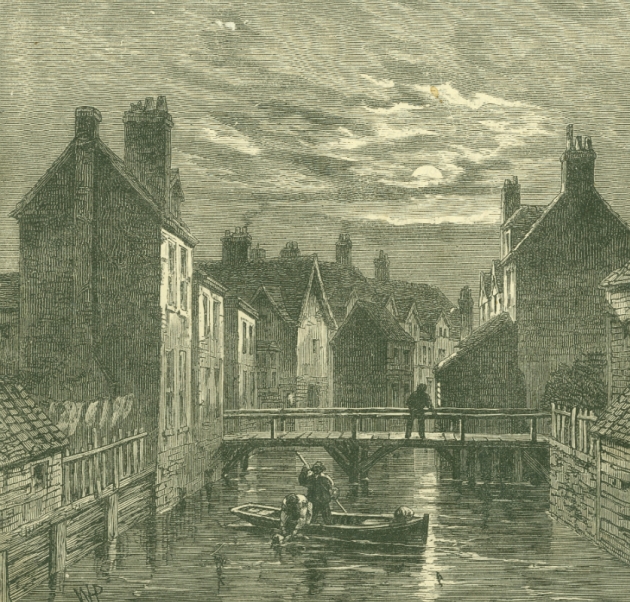
This so-called island was created alongside the Thames by the River Neckinger, the docks and a series of tidal ditches. Known as ‘The Venice of Drains’, it’s little wonder that the area was one of the main hotspots for the cholera epidemics in the latter half of the 19th century as the ditches were used for both sewers and drinking water. Sluices at the mills could be opened, allowing the ditches to be filled from the Thames and Dickens writes, in Oliver Twist, that at these times you “will see the inhabitants of the houses on either side, lowering, from their back doors and windows, buckets, pails, domestic utensils of all kinds, in which to haul the water up…every repulsive lineament of poverty, every loathsome indication of filth, rot and garbage – all these ornament the banks of Folly Ditch.”

Such a place seems a fitting location for the lair, and ultimate demise, of Dickens’ monstrous character, Bill Sykes. A specific property in Eckett Street is traditionally said to be the location Dickens’ had in mind for Sykes’ grim abode, and the 1835 deeds for this house are held by the Southwark Local History Library and Archive.
Eckett Street was just off the present day Jacob Street and, like most of this area, it has been transformed since Dickens’ day. Most of the early buildings were demolished by 1860, replaced by Victorian buildings. The majority of these were cleared following heavy bombing in the Second World War, though New Concordian Wharf is one survivor.

_________________
This is our final Dickens blog in the series – for now. We will look at other Dickens links to the borough in future. If you can’t wait and want to know more about some of Dickens’ old haunts you can wrap up warm and step out onto the streets yourself. Download our app (for iPhone or Android), and let the narrator take you on a journey that unveils Dickens’ Southwark. You can also use the Literary Map to see where Dickens’ books (and those of other authors) relate to the streets of Southwark.
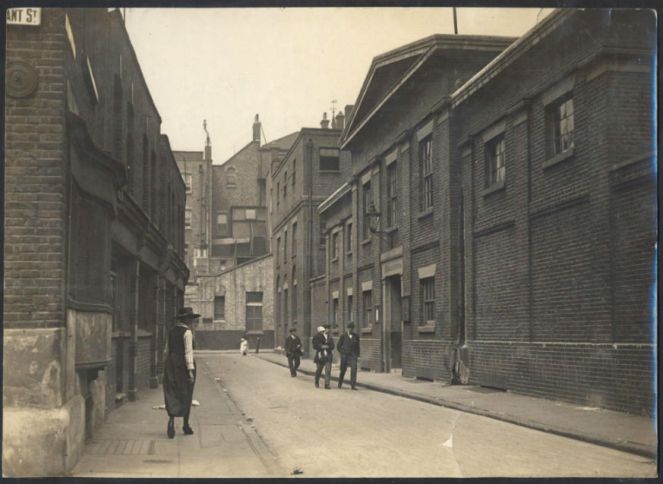
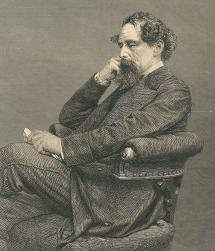 The St. Saviour’s Union Workhouse at Mint Street is thought to have provided Dickens with the model for the scene in
The St. Saviour’s Union Workhouse at Mint Street is thought to have provided Dickens with the model for the scene in  The Lancet investigated conditions in London workhouses and their infirmaries for a series of articles. Their description paints an abysmal picture of life in Mint Street Workhouse:
The Lancet investigated conditions in London workhouses and their infirmaries for a series of articles. Their description paints an abysmal picture of life in Mint Street Workhouse: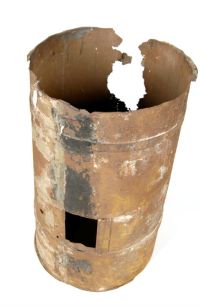 The pot, or ‘copper’ from the workhouse was donated to the Cuming Museum by the Workhouse Board of Guardians in 1921. It stood in the corner of the large stone hall at the workhouse and the broth or gruel was ladled out to hungry inmates. A circular brick wall around the base held in the fire, but was damaged when the museum was hit by a bomb during the Second World War.
The pot, or ‘copper’ from the workhouse was donated to the Cuming Museum by the Workhouse Board of Guardians in 1921. It stood in the corner of the large stone hall at the workhouse and the broth or gruel was ladled out to hungry inmates. A circular brick wall around the base held in the fire, but was damaged when the museum was hit by a bomb during the Second World War. Ancient Egyptians regarded the heart as the most important organ of all. For them, it was the seat of memory, intelligence and emotion. But, crucially, the heart was also the passport to the Afterlife.
Ancient Egyptians regarded the heart as the most important organ of all. For them, it was the seat of memory, intelligence and emotion. But, crucially, the heart was also the passport to the Afterlife. First of all the dead soul, on arrival at the entrance to the Afterlife, would have to undertake rituals and state their case for acceptance. Then the god Anubis would take them to the Hall of Maat and weigh their heart against the weight of a feather.
First of all the dead soul, on arrival at the entrance to the Afterlife, would have to undertake rituals and state their case for acceptance. Then the god Anubis would take them to the Hall of Maat and weigh their heart against the weight of a feather.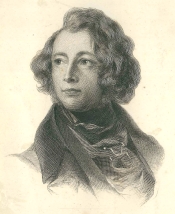 Charles Dickens first came to Southwark at the age of 12, when his parents and all the Dickens children except for Charles and his sister Fanny, were imprisoned at Marshalsea Debtors Prison for a £40 and 10 shillings debt owed to a local baker. Charles moved to nearby Lant street to be close to his family in the prison. His experiences of poverty as a child strongly influenced his writing and are found in descriptions and characters in many of his novels. He described many places in Southwark which he had known as a child and some are still recognisable today.
Charles Dickens first came to Southwark at the age of 12, when his parents and all the Dickens children except for Charles and his sister Fanny, were imprisoned at Marshalsea Debtors Prison for a £40 and 10 shillings debt owed to a local baker. Charles moved to nearby Lant street to be close to his family in the prison. His experiences of poverty as a child strongly influenced his writing and are found in descriptions and characters in many of his novels. He described many places in Southwark which he had known as a child and some are still recognisable today.


 The museum’s collection also includes a key to Marshalsea prison with a label attached which reads: “The key of Marshalsea Prison. Given to S. W. by her father 1884. Where little Dorrit was born. Written by Charles Dickens.”
The museum’s collection also includes a key to Marshalsea prison with a label attached which reads: “The key of Marshalsea Prison. Given to S. W. by her father 1884. Where little Dorrit was born. Written by Charles Dickens.”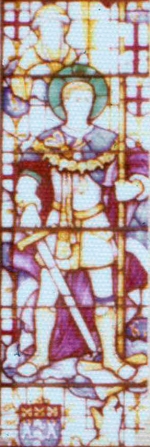 Little Dorrit, one of Dickens characters from a
Little Dorrit, one of Dickens characters from a 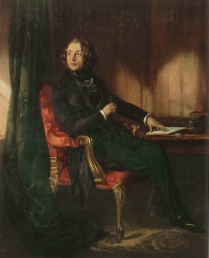 Charles Dickens has a long and deep association with Southwark, both personal and literary, and particularly with the area known as the Borough.
Charles Dickens has a long and deep association with Southwark, both personal and literary, and particularly with the area known as the Borough.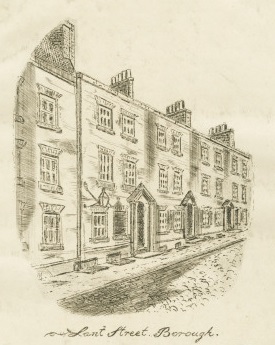 Poor Charles was left to lodge alone, at the age of just 12 years old, in nearby Lant Street. And this is where his long and deep association with Southwark, both personal and literary, began.
Poor Charles was left to lodge alone, at the age of just 12 years old, in nearby Lant Street. And this is where his long and deep association with Southwark, both personal and literary, began.





